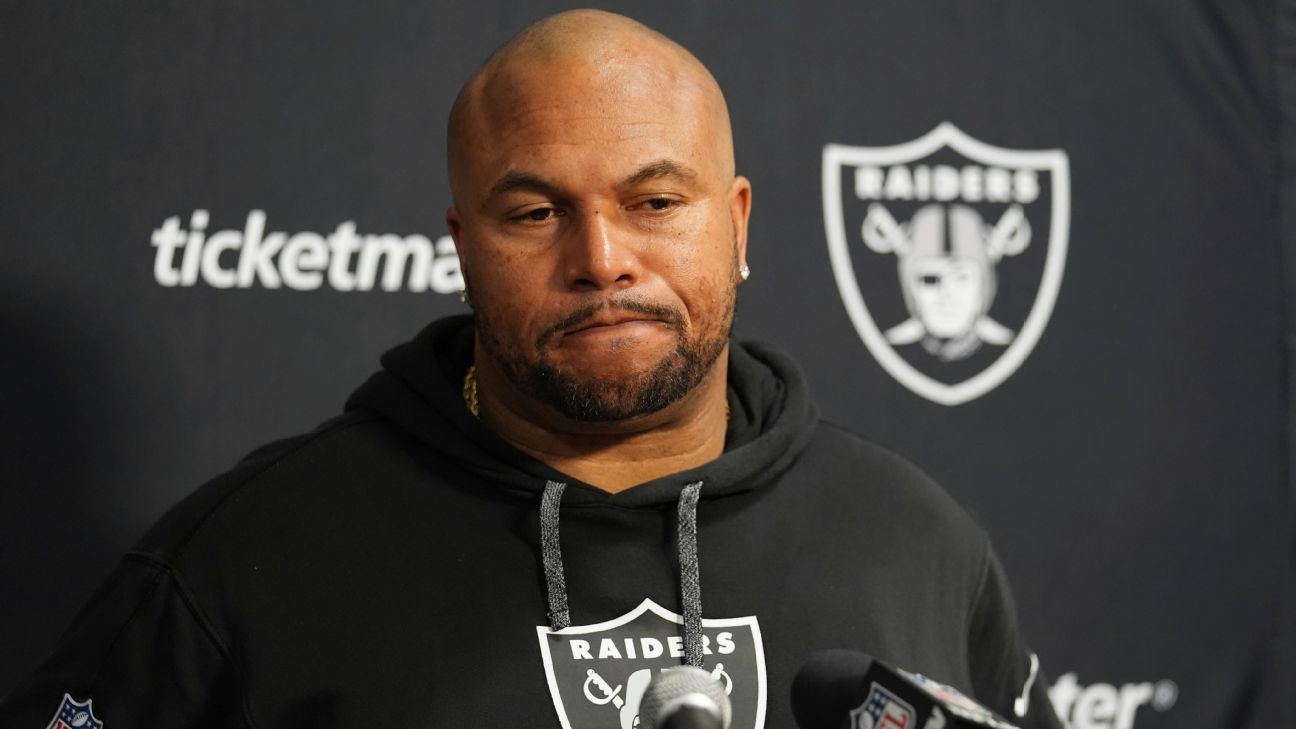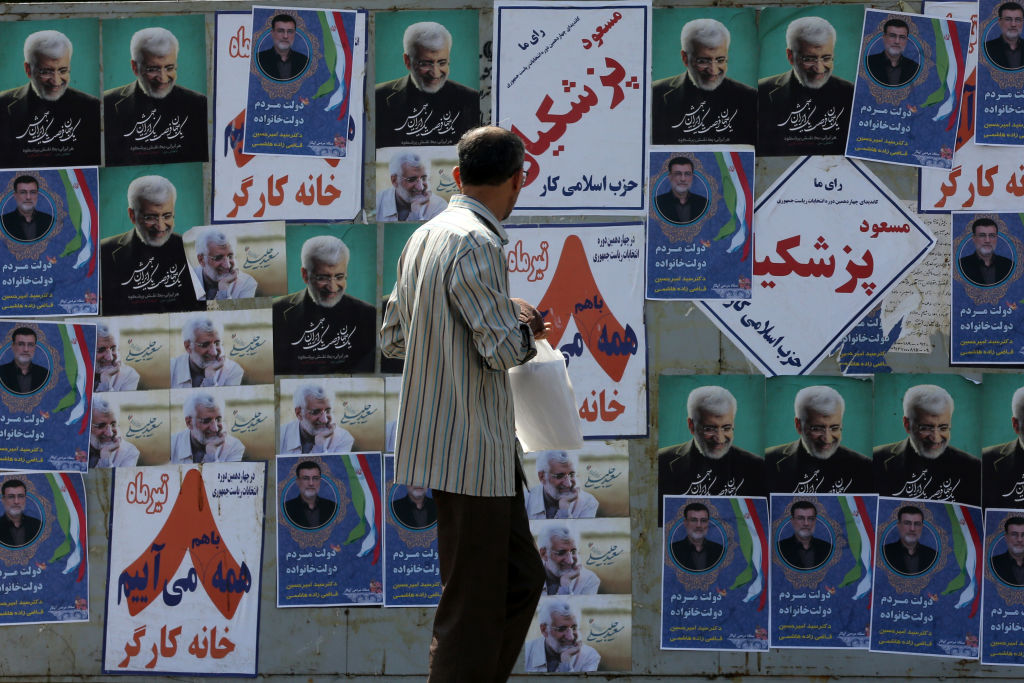Jesús Navas will hang up his boots after Sevilla’s trip to Real Madrid on Sunday. He retires having established himself as a true great at his local club.
There was barely a dry eye in sight. Jesús Navas’ number was up and he left the pitch at the Ramón Sánchez Pizjuán for the final time last Saturday, unbridled emotion plain to see across his face as he was allowed to slowly leave the pitch with Sevilla 1-0 up over Celta Vigo.
Teammates crowded around, even a couple of Celta players were sure to show appreciation; then, he knelt in the centre circle before jogging towards the north goal and applauding Sevilla’s ultras, the Biris Norte. Eventually, Navas headed for the touchline and was replaced, leaving the pitch well over a minute after his name echoed around the ground.
While Navas could make one final appearance for Sevilla away to Real Madrid on Sunday, this was his last outing at the stadium he first played in just over 21 years earlier. Navas went on to enjoy what was the perfect football career in many ways, experiencing considerable success with the local team he supported as a boy, writing his name in their history books by breaking a host of club records, and supplementing all of it with glory at international level as well.
Navas initially announced his retirement towards the end of last season while somewhat embarrassing his employers, revealing they’d not offered to keep him on board. President José Maria del Nido Carrasco quickly saw their mistake, offering Navas a “lifetime contract” that he accepted, confirming he’d play on until the end of 2024 before moving into an undefined non-player role.
He’d likely be carrying on were it not for a chronic hip issue, but at the age of 39, Navas brings to an end a career that he’s made the most of.
The Swashbuckling Winger
During a pre-season friendly away to a small lower-league club in 2003, Sevilla manager Joaquín Caparrós was irritated throughout the first half by a man located just behind the dugout in the intimate stadium.
“We have to put number 27 on,” the man relentlessly barked, as Caparrós recounted to Jot Down in 2022. Those comments turned to: “How good is number 27! That’s how it’s done,” in the second half after Caparrós brought the wispy – albeit electric – teenage winger on.
Jesús Navas’ grandfather would be sat in much bigger stadiums cheering on his grandson within the year that followed. It also wouldn’t be too long until demands to bring him off the bench were irrelevant as he became an undisputed starter before turning 20, eventually making the fourth-most La Liga appearances for a single club (515) of any player in the competition’s history (Raúl – 550, and Manolo Sanchis – 523, both with Real Madrid, and Lionel Messi – 520 for Barcelona).
It was a few months later when Navas made his competitive debut for the first team in November 2003 away to Espanyol, just two days after his 18th birthday. That made him Sevilla’s youngest debutant since January 2000, when his close friend, the late José Antonio Reyes (16y, 151d), first appeared.

Reyes accompanied Navas on the plane to Barcelona ahead of that momentous trip, telling an ABC journalist that the scrawny, quiet kid with piercing eyes was “going to be a genius”.
But even Reyes, 20 at the time, wouldn’t have foreseen the kind of career Navas went on to have, but nearly didn’t.
During the early years of his journey into professional football, Navas suffered with intense homesickness that made long trips almost impossible. Certain away games and training camps weren’t an option for a while, and had he not received psychological help to overcome it in 2009, it’s fair to say the continental and international honours he ultimately won probably wouldn’t have been forthcoming.
But such obstacles now only serve to make his journey and success more impressive, and it all began as a key part of his boyhood club’s most successful era. From 2005-06 to 2009-10, Sevilla won the UEFA Cup and Copa del Rey twice each, the Supercopa de España, the UEFA Super Cup, and finished third two times, only missing out on the 2006-07 La Liga title on the final day of the season.
 Sevilla starting XI in the 2006 UEFA Cup final
Sevilla starting XI in the 2006 UEFA Cup final Sevilla starting XI in the 2007 UEFA Cup final
Sevilla starting XI in the 2007 UEFA Cup finalThe partnership Navas formed with Dani Alves on the right was crucial to so much that they achieved, providing frequent service to the likes of Júlio Baptista, Javier Saviola, Frédéric Kanouté and Luis Fabiano.
Navas was what we’d now call old-fashioned. He stayed wide and almost exclusively concentrated on running at the left-back and getting a cross into the box; in fact, in each of the 2007-08 (241), 2008-09 (252) and 2009-10 (228) seasons, Navas recorded more open-play crosses than any other player in La Liga. The same also occurred in 2012-13 (259) and 2011-12 (285), with the latter being the third-most crosses any player has registered in a single season across the top five European leagues on record (since 2005-06).

Navas was so nimble, quick and agile that his lack of physical power rarely mattered. All he needed was to drop his shoulder, jink to the right and whip a cross into the box. While such a direct style of play might have become more outdated as Navas’ career wore on, his longevity speaks to its uses – and his adaptability – even in the modern game.
The early 2000s were arguably both the heyday and the beginning of the classic touchline-hugging winger’s decline, and Navas certainly polarised opinion at times, but his speed and positivity could make him an asset in almost any team.
In some ways he was the antithesis of the ‘tiki-taka’ football that helped yield three successive international successes for Spain, and yet Navas was part of the teams that won the 2010 World Cup and Euro 2012. Unheralded, perhaps, but it was some achievement for someone who only a few years earlier could barely leave home for a day.
City, Success Abroad and the Return Home
Suffice to say, had Navas’ homesickness not plagued him early on in his career, it’s unlikely he’d have stayed at Sevilla so long. Not because he had wandering eyes, but the club’s model then under sporting director Monchi was to develop young players and sell on for profit – academy products were essential to that.
There was interest in Navas, too. He was frequently linked with Arsenal and supposedly almost joined them in 2010; his homesickness apparently scuppered a move to Chelsea in 2006; and Real Madrid were known admirers throughout the 2000s.
But back-to-back ninth-placed finishes in 2011-12 and 2012-13 led to vast change at Sevilla. Money was needed for a squad rebuild, and Navas’ impending exit was no secret. On the final day of 2012-13, after a thrilling 4-3 home win over Valencia, Navas was chucked into the air by teammates as he – and several others – bade farewell.

News of Navas’ transfer to Manchester City broke less than 48 hours later. More than anything, it was a big moment because it highlighted how far he’d come mentally, to be in a place where moving from the comfortable surroundings of Sevilla to another country was even possible.
He spent four years at City, and while he may not be remembered among the most iconic signings of the Sheikh Mansour era, he did help them to a Premier League title in his first season and won a couple of League Cup crowns.
His days always looked numbered when Pep Guardiola arrived in 2016 and steered City towards a more patient, possession-oriented style of play that didn’t rely on lots of crosses into the box. But it was also during the Catalan coach’s first season that Navas began operating as a right-back following injuries to others.


“I told [Guardiola] that I could do it without a problem because when I played with Dani Alves, he used to attack a lot, so I normally covered him in defence,” Navas told La Liga TV a few years later. “I didn’t have any problem doing it. Everything went well.”
Aside from a period in his first season back at Sevilla, that role became the new normal for Navas. When his form was underwhelming as a right-winger during 2017-18, some might have perceived his conversion to right-back being the beginning of the end for him at the top level.
He wasn’t as dynamic as he had been four years earlier; he was trying to beat defenders far less, registering 1.6 dribble attempts per 90 in 2017-18 compared to 3.4 in the final season of his first spell, while the 4.8 open-play cross attempts per 90 minutes remains his lowest average on record (since 2005-06) across his entire career in La Liga or the Premier League.


His new role impacted those numbers somewhat over the season, but Navas struggled for influence on the pitch initially after returning to Sevilla. New coach Eduardo Berizzo’s setup wasn’t especially conducive to Navas’ direct style. But successor Vincenzo Montella turned to Navas regularly as a right-back due to injuries, his natural tenacity and adventurousness proving a pretty effective combination for an overlapping full-back.
Navas went on to become the first-choice right-back in the Sevilla side that secured three successive top-four finishes for the first time in their top-flight history under Julen Lopetegui. Among all ever-present clubs in the top five leagues during that time, Sevilla’s 51 La Liga clean sheets was the third most, they conceded the sixth-fewest goals (97) and also ranked sixth for the lowest expected goals (xG) against (109.6). They also won the UEFA Europa League in 2020, with captain Navas assisting Luuk de Jong’s first goal via – you guessed it – a cross.
The Legacy
Navas’s legacy – at Sevilla, anyway – has been steadily building ever since he returned to the club in 2017. Within a few months of his comeback he became only the sixth player in the club’s history to reach 400 appearances and the first since the mid-1990s.
Later that season, he broke Pablo Blanco’s record (415) for the most Sevilla appearances; the landmarks, accolades and tributes have barely stopped since.
It was in 2018 that the club renamed the stadium at their training ground – where their B team play – in Navas’ honour, before he became the first player to reach 500 appearances for Sevilla in January 2020. He’d go on to pass 550, 600, 650, 700; Sunday, assuming he enjoys a cameo at the Santiago Bernabéu, will be appearance 705.

Of course, how he’ll be remembered is helped by the success he experienced.
That 2020 Europa League triumph wasn’t to be the last of Navas’ career, of course. While the 2022-23 season was poor for Sevilla in many ways, especially given they finished outside the top 10 for the first time since being relegated in 2000, José Luis Mendilibar guided them to a record-extending seventh UEFA Cup/Europa League triumph.
Because of the club’s worsening financial situation and questionable recruitment, there was a feeling that shootout success over Roma last year was a final hurrah for a club that had enjoyed the best 20 years or so of their entire existence.
Navas was there for their first European title 17 years earlier – it was only fitting that he be the one to lift the trophy on an occasion that may ultimately have bookended Sevilla’s glory years.
That took him to eight trophies won at the club, more than any other player in their history. Only his old pal, Reyes (five), has won the Europa League more times, though no one can better Navas’ four such titles at the same club.
However, as synonymous as Navas has become with Sevilla, the crowning moment of his career arguably came in the summer with Spain. Having represented his country just 12 times since the end of 2013 and not at all in three years, Navas was brought in from the wilderness ahead of their triumphant 2023 Nations League Finals campaign. Ultimately, that helped earn him a place in the squad for Euro 2024.
La Roja won that, too. During the tournament, Navas became the oldest player to feature for Spain at a major tournament, aged 38 years, 231 days old when he played against France in the semi-finals, his longevity further highlighted by the fact he was older even than teammate Lamine Yamal’s father. Similarly, he was the only member of the squad who’d also won the 2010 World Cup, an unlikely bridge between two glorious eras.
Sure, there may have been more obviously talented players to represent Spain and Sevilla this century, but the sight of Navas darting up the right wing has been a feature of Spanish football since 2004.
Back then he was the shy local boy; he retires a club legend whose impact at Sevilla was unprecedented.
Subscribe to our football newsletter to receive exclusive weekly content. You can also follow our social accounts over on X, Instagram, TikTok and Facebook.









